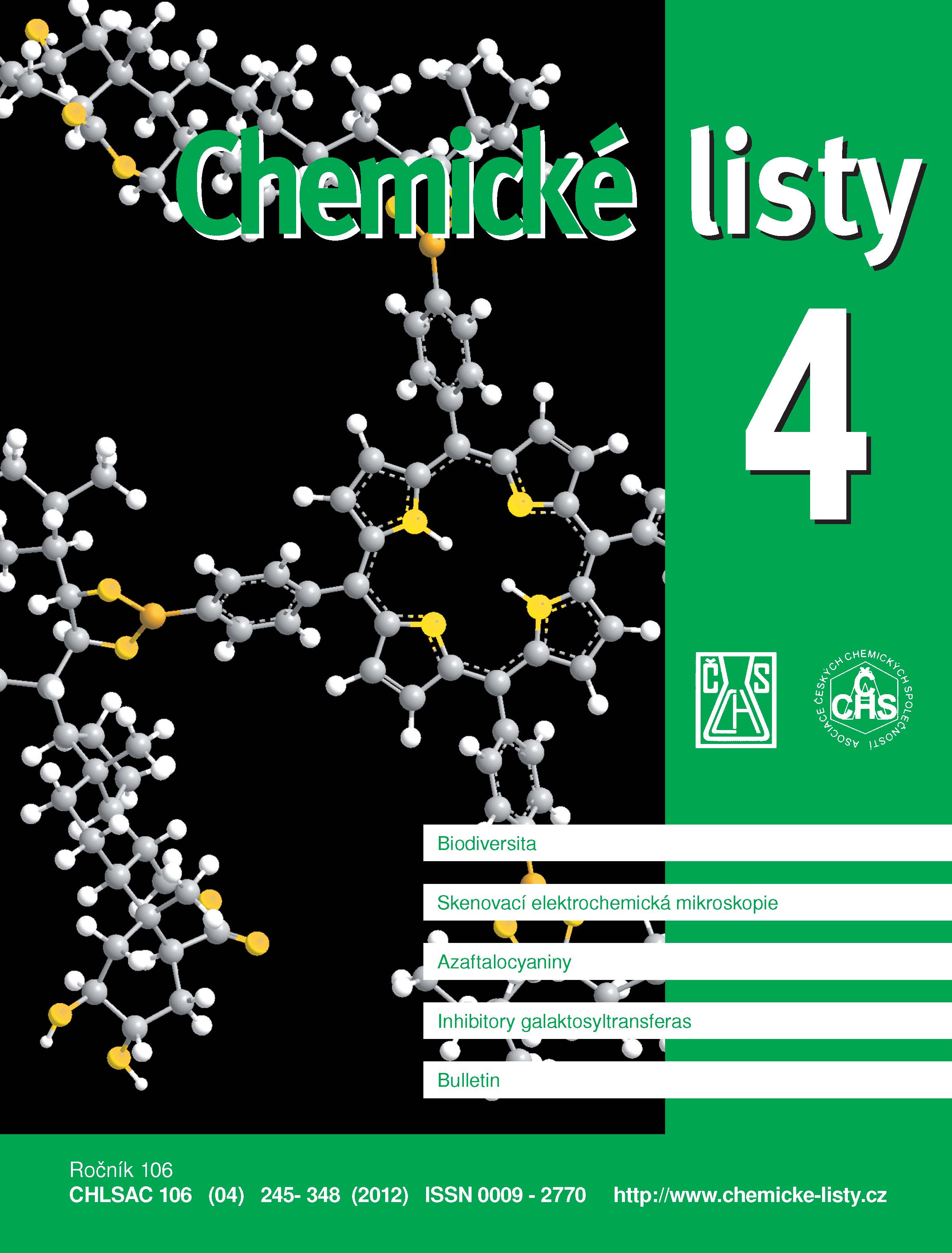The Scanning Electrochemical Microscopy
Keywords:
scanning electrochemical microscopy, (ultra)microelectrode, scanning probeAbstract
A combination of unique properties of microelectrodes (ME) with a XYZ positioning system and simple potentiostat provides an outstanding tool for surface-confined electrochemical studies affording a method called scanning electrochemical microscopy (SECM). Since the first reports in the late 1980´s, SECM has transformed to a well characterized and widespread method based on commercially available instrumentation. The principle of SECM stems from discrete movements of the probe (ME) above the studied surface while electrochemical signal is measured in every position. SECM employs two principal measuring modes – (1) the feedback mode (the mediator electrochemically consumed by ME is regenerated by the conducting surface) and (2) generation/collection mode (the active substance generated by the studied surface is determined by ME). Due to its simplicity and robustness, SECM is used in diverse fields and applications including basic electrochemistry, materials science, biochemistry and cellular biology.





